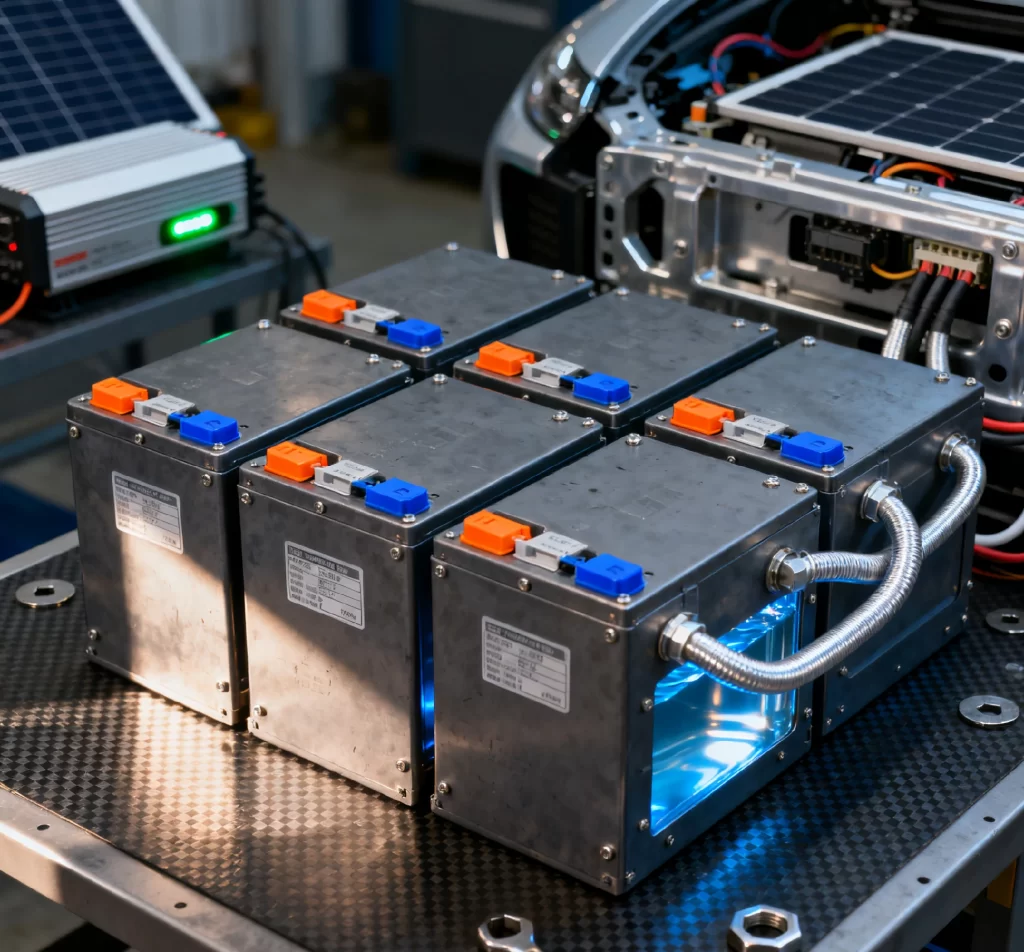Lithium Battery Price: 2025 Trends and Future Predictions

If you’ve been following clean energy or EV markets, you’ve probably asked yourself: What’s happening with lithium battery price in 2025? With electric vehicles, renewable storage, and consumer electronics all depending on lithium, keeping track of its cost is no longer just for industry insiders—it affects homeowners installing solar, businesses scaling fleets, and even governments planning their energy future.
What Is a Lithium Battery?
Let’s start with the fundamentals. A lithium battery is a rechargeable energy storage system that uses lithium ions to move between electrodes. They are:
- Long-lasting– 3,000–5,000 charge cycles or more
- Lightweight– half the weight of equivalent lead-acid batteries
- Efficient– discharge depth of up to 90%
- Fast charging– particularly crucial for EVs and solar installations
As lithium batteries are at the center of everything from solar backup power to EV adoption, the cost of lithium batteries has become one of the hottest metrics in the world’s transition to renewable energy.
Historical Price Trends
Over the last decade, lithium battery prices have dropped significantly. Lithium-ion battery packs cost over $1,000 per kilowatt-hour (kWh) in 2010. In 2020, the price had fallen by nearly 89%, to about $137/kWh (BloombergNEF, 2020).
The steep decline was driven by:
- Mass production in China and Korea
- Better chemistries(like LFP, LiFePO4, replacing cobalt-rich batteries)
- Scaling of EV markets
But after 2021, the prices began to rise again due to supply chain constraints, mineral price hikes, and inflationary pressures. As of 2022, the price of lithium carbonate rose by over 400%, briefly halting the falling cost trend.
Lithium Battery Price in 2025
Flash forward to 2025: prices have stabilized but remain under pressure. The overall lithium battery price in 2025 is estimated at $120–140/kWh, depending on chemistry (LFP is cheaper than NMC).
There are several factors that explain the range:
1.Raw material volatility – Lithium carbonate prices eased in late 2024 as new mines in Australia and Chile ramped up production.
2.Chemistry diversification – Priced lower and safer LFP batteries now dominate EV and stationary storage in China, which is keeping prices in check.
3.Currency & trade dynamics – Import tariffs in the form of duties in markets like India and the U.S. are holding local battery prices higher than global averages.
The International Energy Agency (IEA) notes that while demand is ballooning, efficiency gains and recycling should neutralize mineral price hikes in the next few years (IEA, 2023).
Future Projections
So, will the price of lithium battery continue to decline, or are we hitting a plateau? Specialists suggest three general scenarios:
- Short-term (2025–2027)– Prices can plateau in the $110–130/kWh range as new supply equals demand.
- Medium-term (2027–2030)– Spent EV battery recycling will gain more momentum, possibly pushing costs back down to $100/kWh again.
- Long-term (post-2030)– Solid-state batteries or sodium-ion counterparts could disrupt the sector, unlocking even more cost efficiencies.
For most in the industry, $100/kWh is the “magic point” for EVs to reach price parity with gas-powered cars—so by 2030, the uptake of lithium batteries could receive an even larger impetus.
Lithium Battery Price by Use Case
Application | Typical Battery Type | Average Price (2025) |
EV Packs (LFP) | 50–70 kWh | $120–130/kWh |
Residential Solar (LiFePO4) | 5–15 kWh | $125–140/kWh |
Industrial Storage (NMC) | 200+ kWh | $130–150/kWh |
Buying Tips for 2025
If you’re considering a lithium battery in 2025, here’s what to keep in mind:
- Compare chemistry– LFP is cheaper and safer, NMC is denser but pricier.
- Look at cycle life– A higher upfront price may mean thousands more cycles.
- Check warranty– 5 years minimum for home use, 8+ for EVs.
- Calculate cost per kWh delivered – Don’t just consider sticker price.
